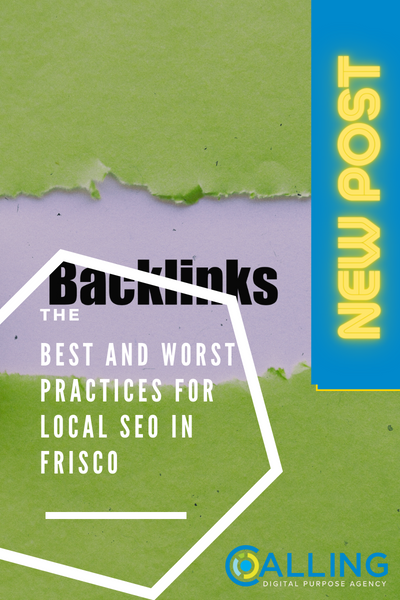Creating an Effective Product Page - 5 Essential SEO Tips
Online retailers depend on a combination of PPC marketing and Search Engine Optimization (SEO) to gain considerable online foot traffic. There’s a low chance for eCommerce establishments to reach the right audience without these two techniques working together. For this reason, it’s vital to design an effective product page for your online visitors to see and use.
Mastering Product Page SEO
Contrary to popular belief, SEO isn’t as simple to do as PPC marketing strategies. Although PPC ads require capital to drive online foot traffic, SEO is more reliant on your web pages’ format and composition. This is why a product page’s appeal to online visitors and search engine algorithms heavily depend on your own efforts.
In this article, we’ll share five essential SEO tips to make effective product pages.
1. Follow Your Keyword Strategy
Product pages are easier to optimize since keywords can naturally be injected throughout the entire page. Besides the product itself, it’s important to look for keywords that can empower a site visitor to make a purchase. You can indicate your location for geotargeting or highlight specific product models to appeal to a local market. Remember that reinforcing these keywords as your call to action (CTA) is an excellent way to frame product pages.
2. Optimize Titles, URLs, and Meta Descriptions
Besides your webpage’s body, you can also inject keywords across other site elements. Title tags, meta descriptions, and URLs can also influence your search engine results page (SERP) rankings. For this reason, you should format them accordingly to match your website’s contents.
3. Monitor Your Links
Effective link building shouldn’t just be prioritized for your internal navigation; you must also apply it to your content and product descriptions. The more well-connected your product pages are to relevant websites, the better search engines will rank your pages.
Since some of these pages can change and update over time, it’s important to audit your site to confirm live links. Having dead links on your product pages may disrupt your online visitors on their buyers’ journey. Additionally, search engine web crawlers can lower your pages’ rank if they detect these broken links.
4. Include Review Schemas
Besides the product description of your product pages, you should also showcase reviews about your products. Doing so will educate potential buyers about your products and feel more confident in making a purchase. It will let them view your product and brand as a reliable service as reflected by authentic customer testimonials.
5. Provide FAQs
To help your visitor with their purchase, it’s vital to minimize the steps they need to take before checking out their shopping cart. You can help them by providing FAQs in essential steps down your sales funnel. Instead of moving away from the current product page, have pop-up notifications to highlight essential areas your buyers must fill up. Streamlining their buying experience through these methods will limit inconveniences and distractions to making a purchase.
Conclusion
The recent boom in eCommerce shows no signs of stopping as many consumers prefer these online transactions over traditional shopping methods. While the experience of window shopping is something we all miss, the convenience of spending less time outdoors is a great benefit to have. For this reason, online retailers need to offer effective online interactions to maintain their customer demographics. By designing effective product page SEO, you invite a higher chance of conversions and checkouts over your competitors.
At Calling Digital, we give our clients the right tools to reach digital audiences with ease. We provide local SEO services, website design, data aggregation, and more. If you're looking for a collaborative website design agency in Plano, Texas, contact our team today!












